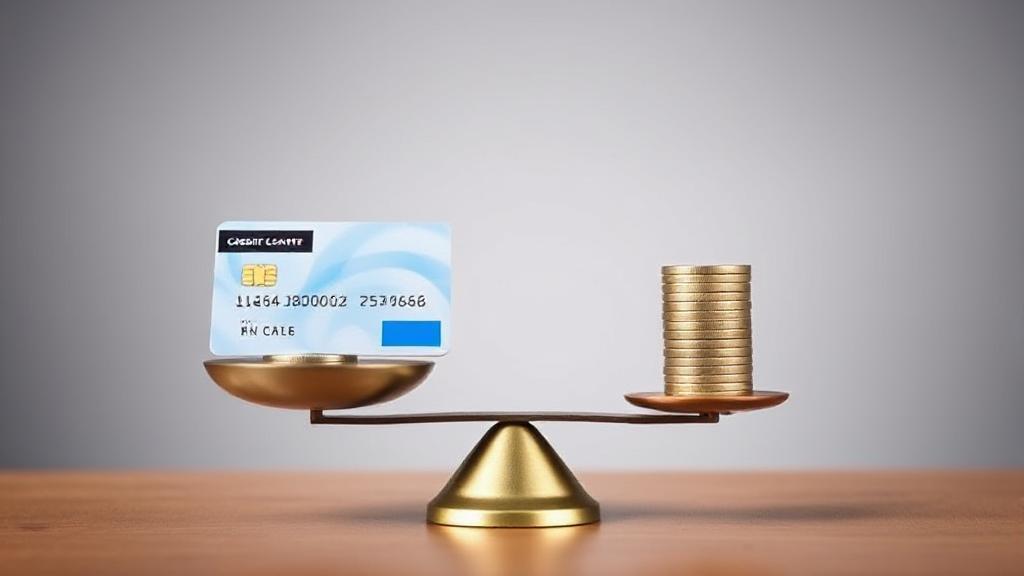Understanding Credit Limits and Their Importance
A credit limit is the maximum amount of credit extended by a financial institution to a borrower. Understanding and managing your credit limit is crucial for maintaining a healthy credit score and achieving financial stability.
Why Credit Limits Matter
- Credit Score Impact: Higher credit limits can lower your credit utilization ratio, potentially boosting your credit score
- Spending Power: Higher limits provide more flexibility, especially for emergencies
- Debt Management: Lower limits can help prevent overspending
- Credit Utilization: Experts recommend keeping utilization below 30% of available credit
Determining Your Ideal Credit Limit
The Basic Formula
A common rule of thumb for calculating a reasonable credit limit:
- Take your annual income
- Divide by 3
- The result is a baseline credit limit
Key Factors to Consider
1. Income and Monthly Expenses
Consider your regular monthly expenses when determining an appropriate limit:
| Expense Category | Typical Percentage of Income |
|---|---|
| Housing | 25-35% |
| Transportation | 10-15% |
| Food | 10-15% |
| Utilities | 5-10% |
| Discretionary | 10-20% |
2. Credit Score and History
- Your current credit score influences offered credit limits
- Check your credit report through AnnualCreditReport.com
- Strong credit scores (700+) typically qualify for higher limits
3. Financial Goals and Emergency Fund
- Consider short-term and long-term financial goals
- Emergency fund status should influence credit limit decisions:
Industry-Specific Considerations
-
Business Owners
- Higher limits for business expenses
- Separate business credit cards
- Seasonal adjustment considerations
-
Freelancers
- Buffer for irregular income
- Higher emergency fund requirements
- Conservative limit approach
-
Salaried Employees
- Standard income-based calculations
- Regular payment schedule consideration
- Employer benefits impact
Warning Signs and Red Flags
Be cautious if you:
- Regularly max out current credit limits
- Make only minimum payments
- Use credit cards for basic necessities
- Have difficulty tracking expenses
Managing Your Credit Limit
Steps to Adjust Your Credit Limit
- Contact your lender to request a credit limit change
- Provide justification (income increase, financial goals)
- Review terms and potential credit score impacts
- Set up payment reminders
- Monitor spending regularly
"Your credit limit should allow you to make necessary purchases while preventing overextension of your finances." - Dave Ramsey
Building to Your Ideal Limit
If current limits are below your calculated ideal:
- Make consistent, on-time payments
- Keep utilization low on existing cards
- Request periodic limit increases (every 6-12 months)
- Maintain steady employment and income
- Build a positive payment history
For more information on managing credit and personal finance, visit resources like:
